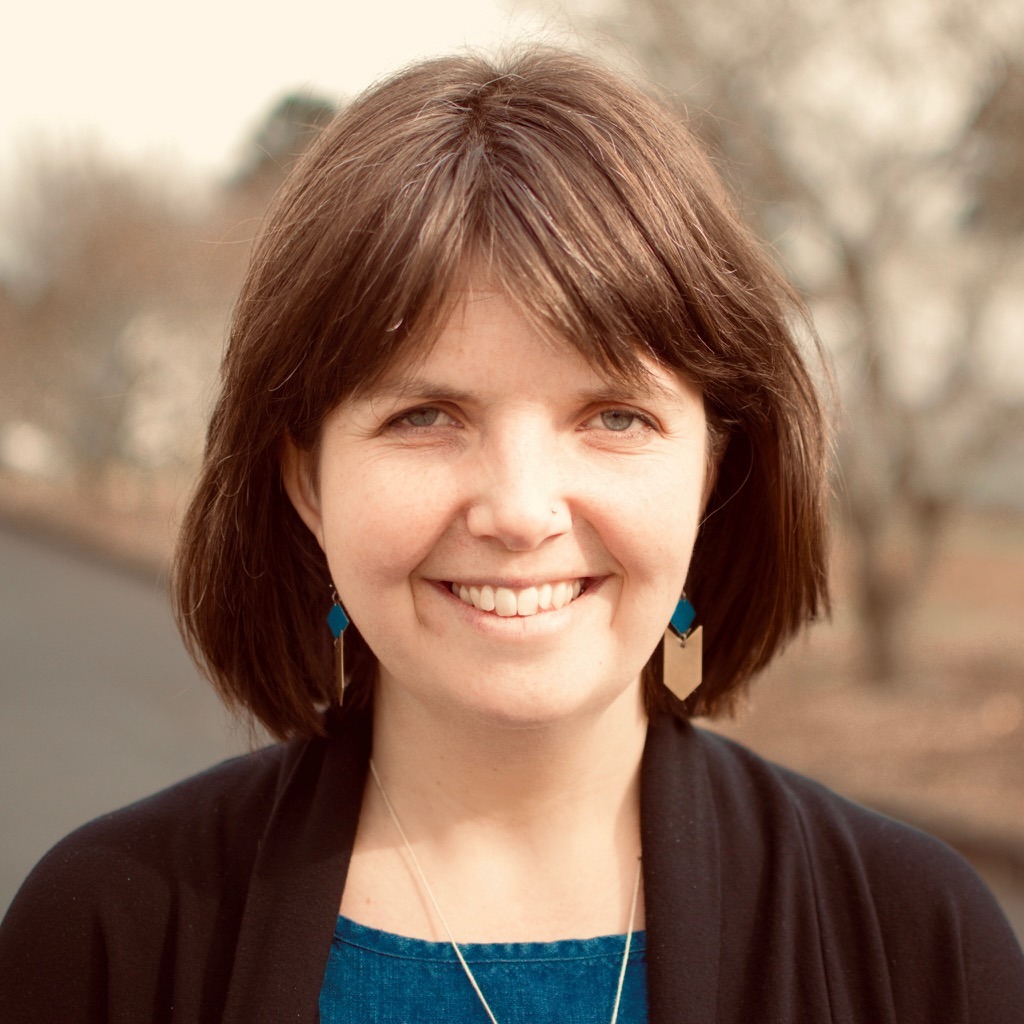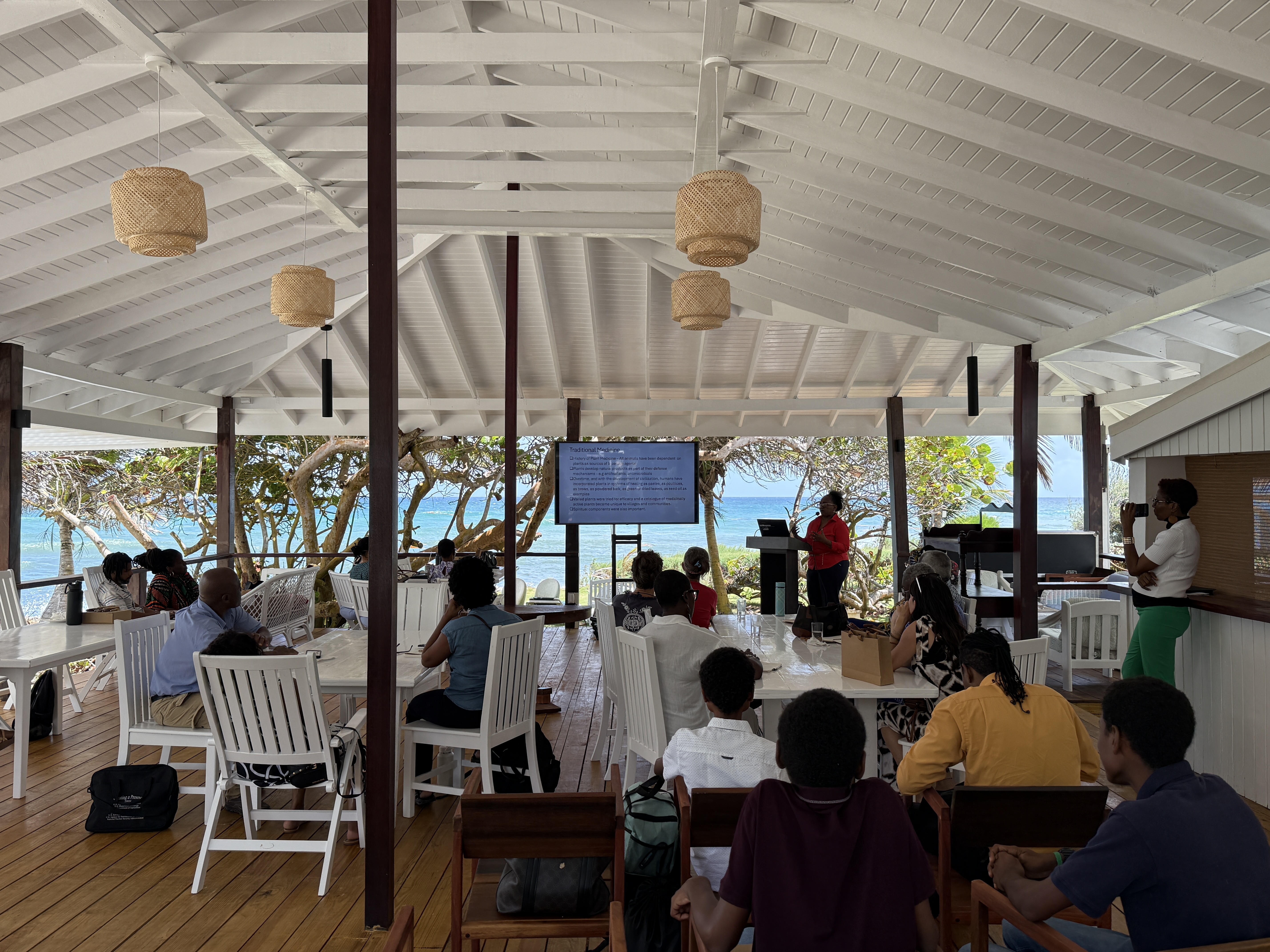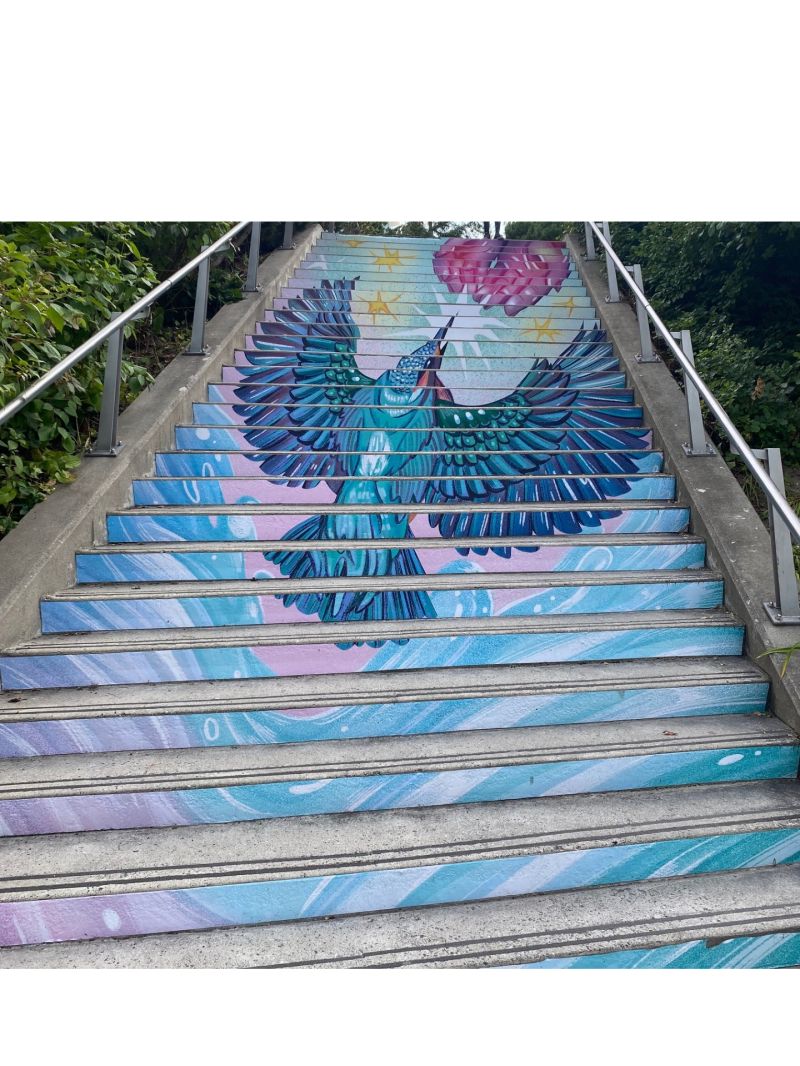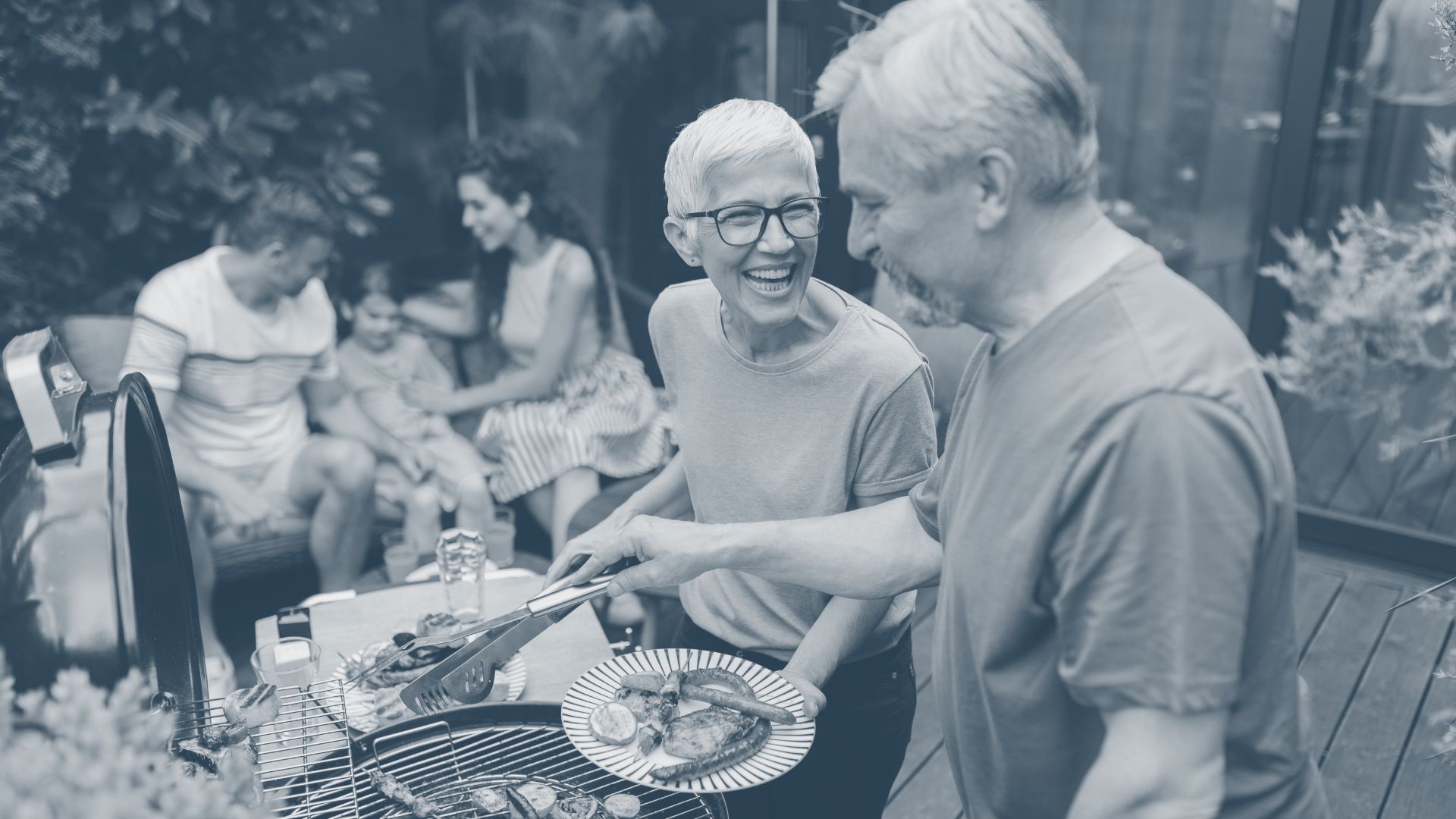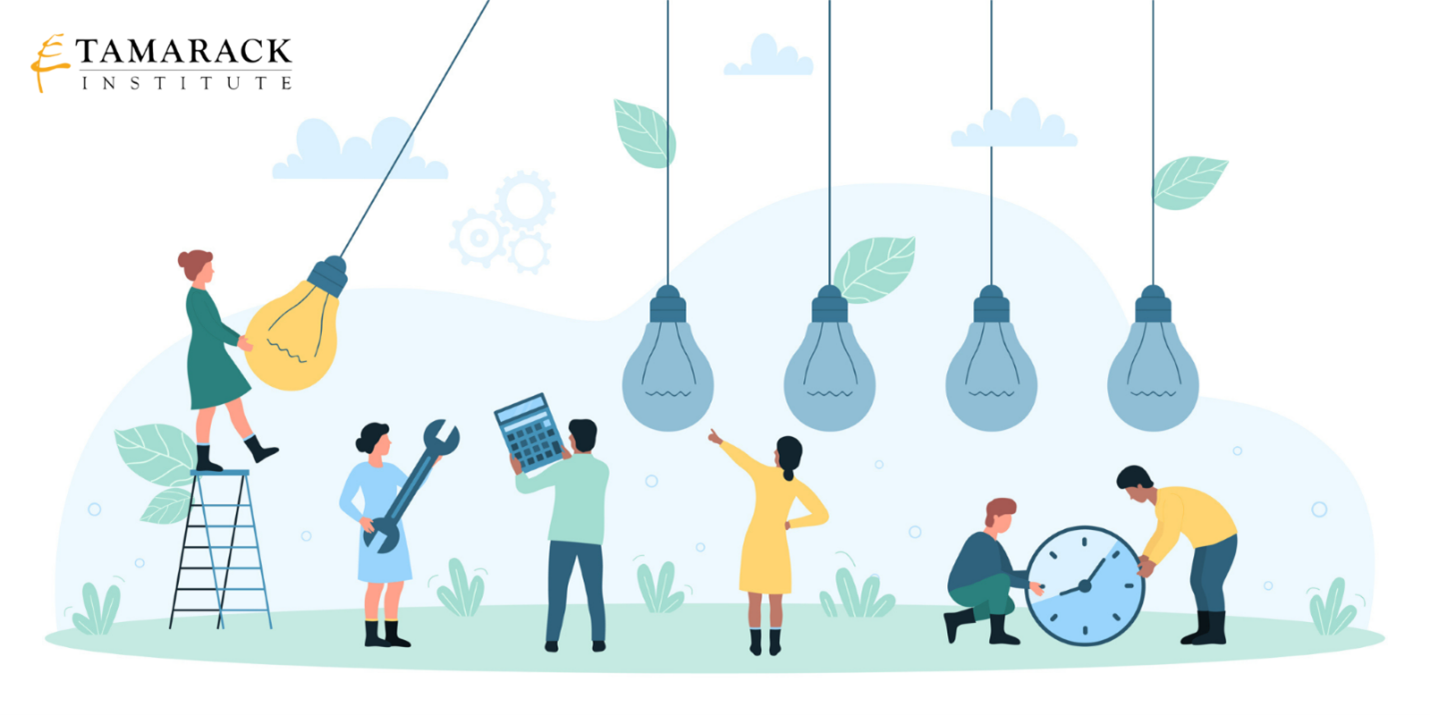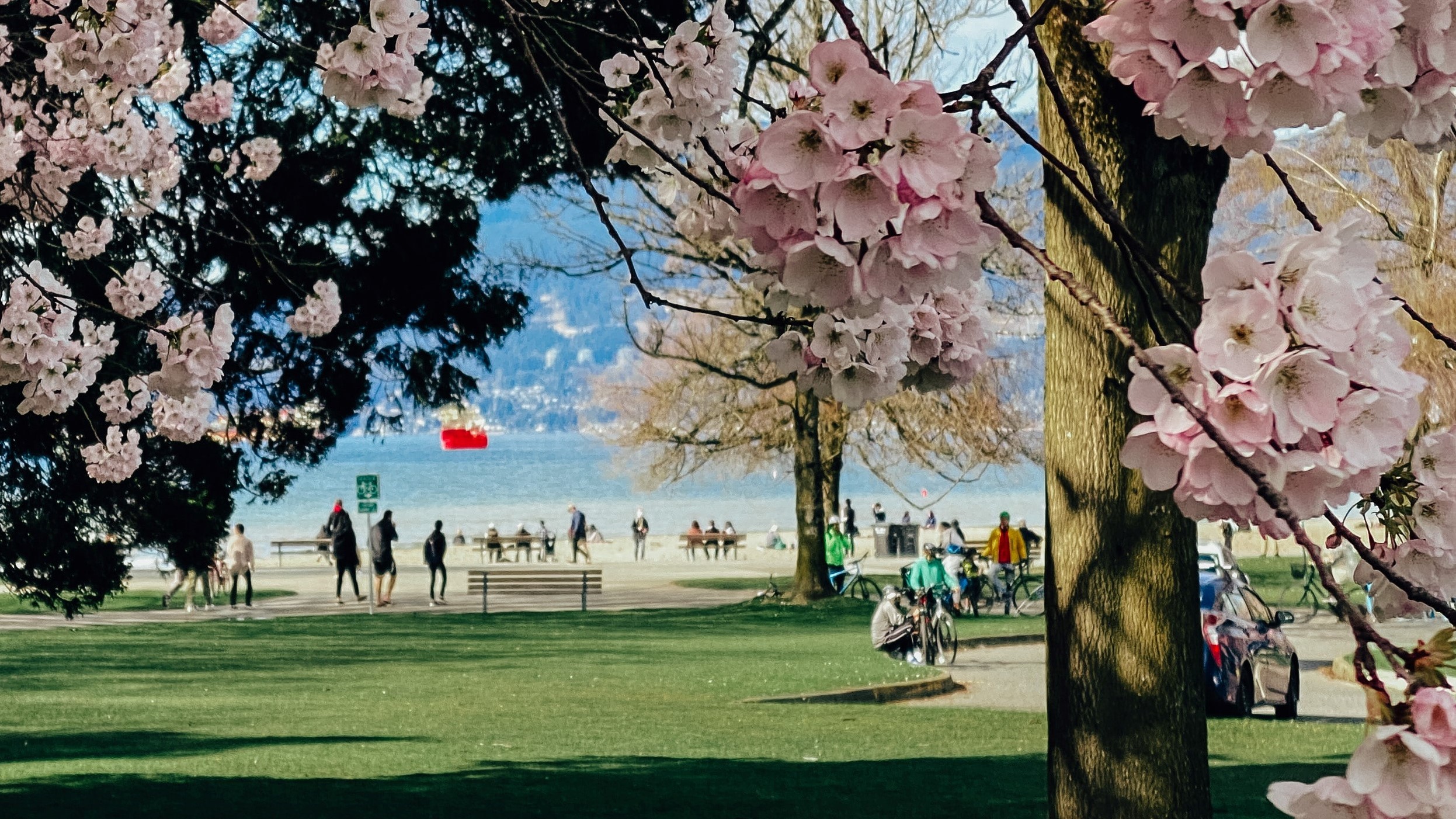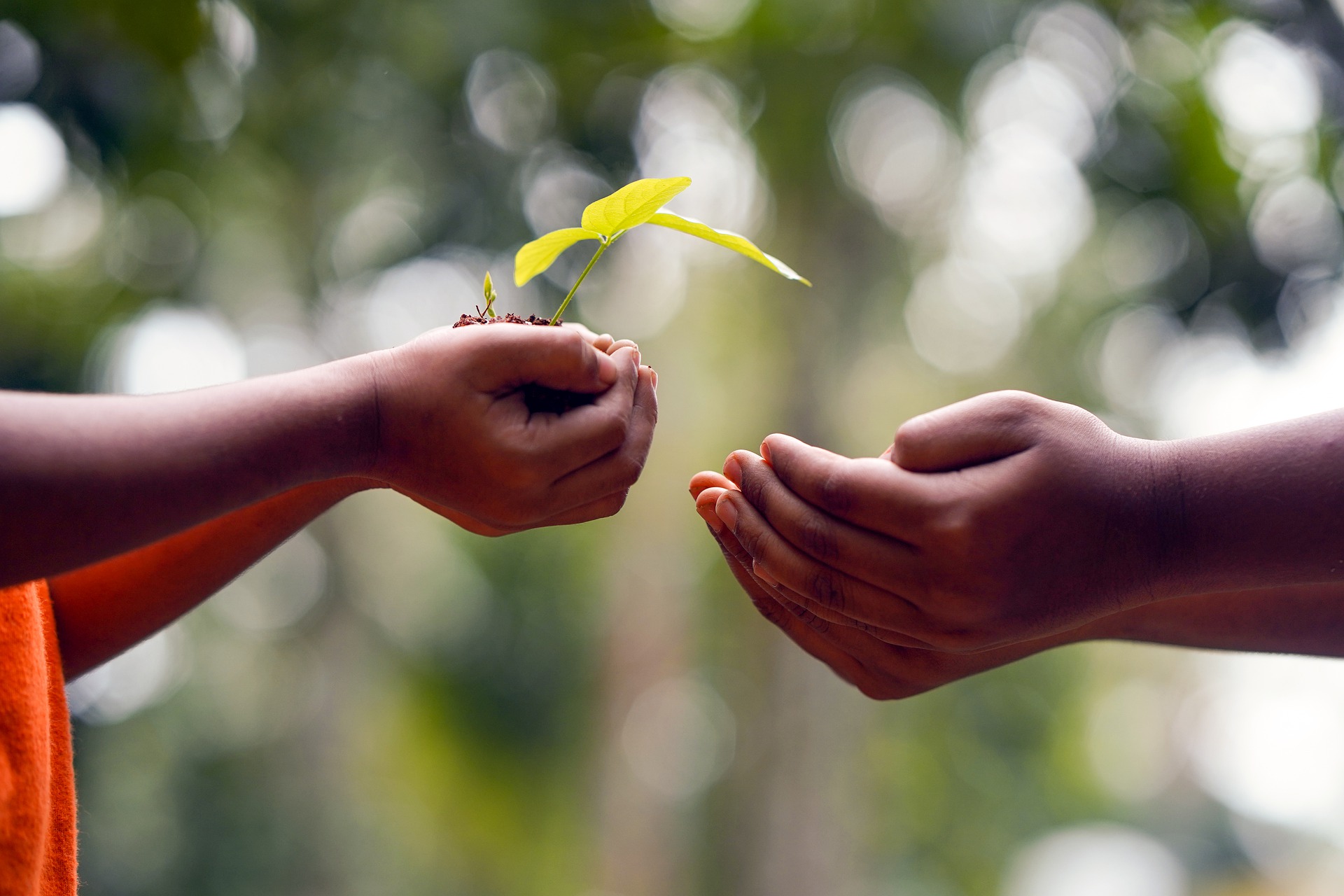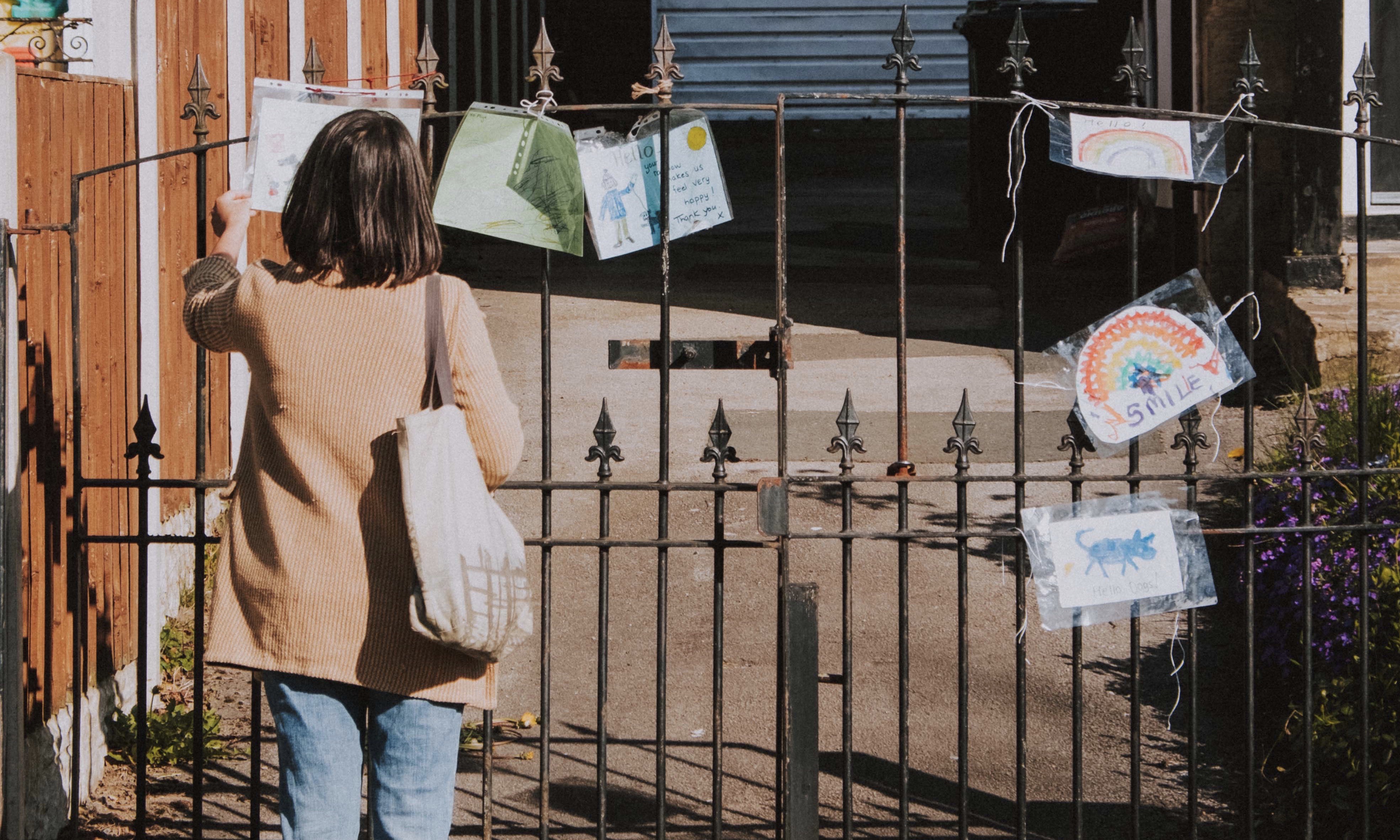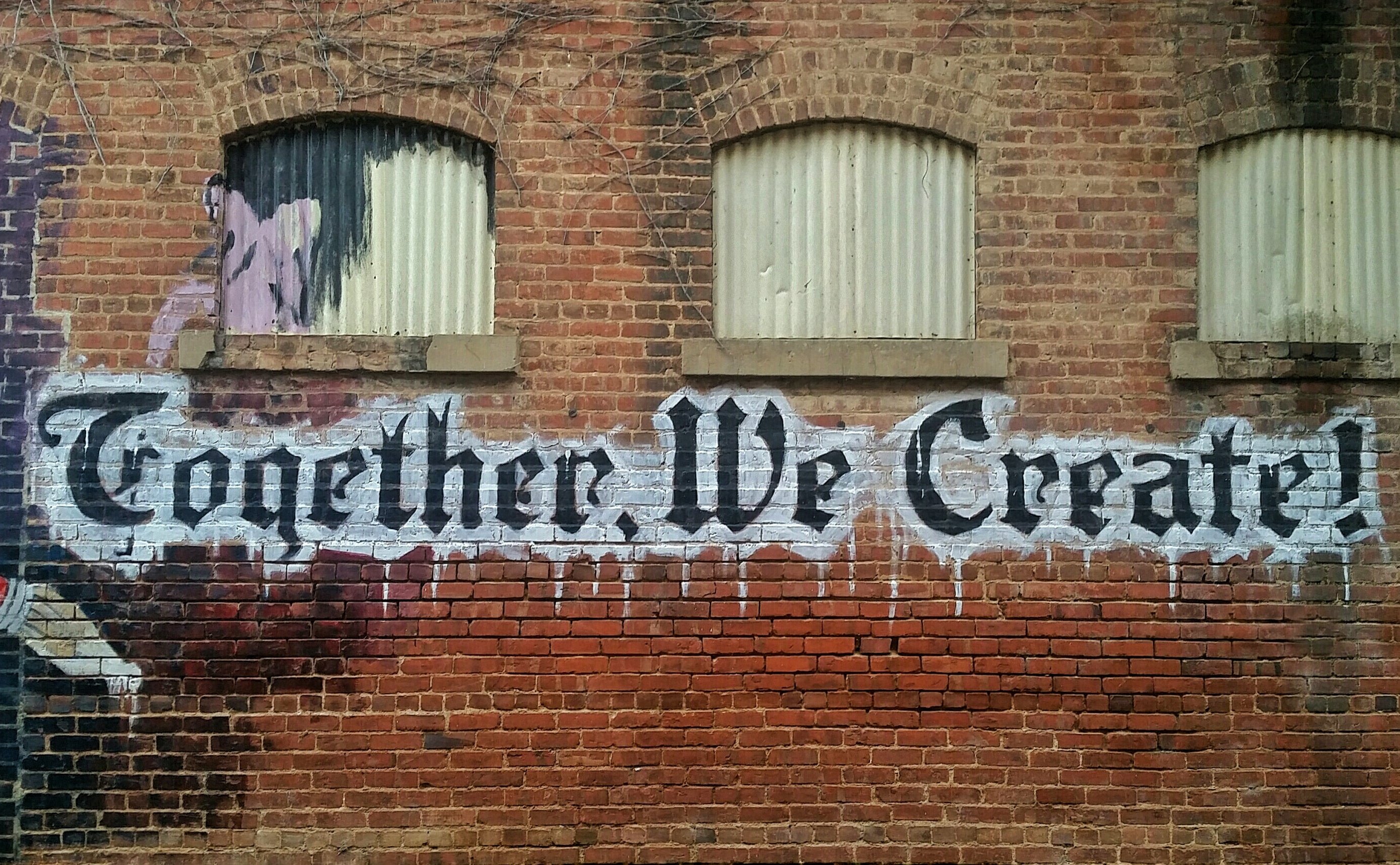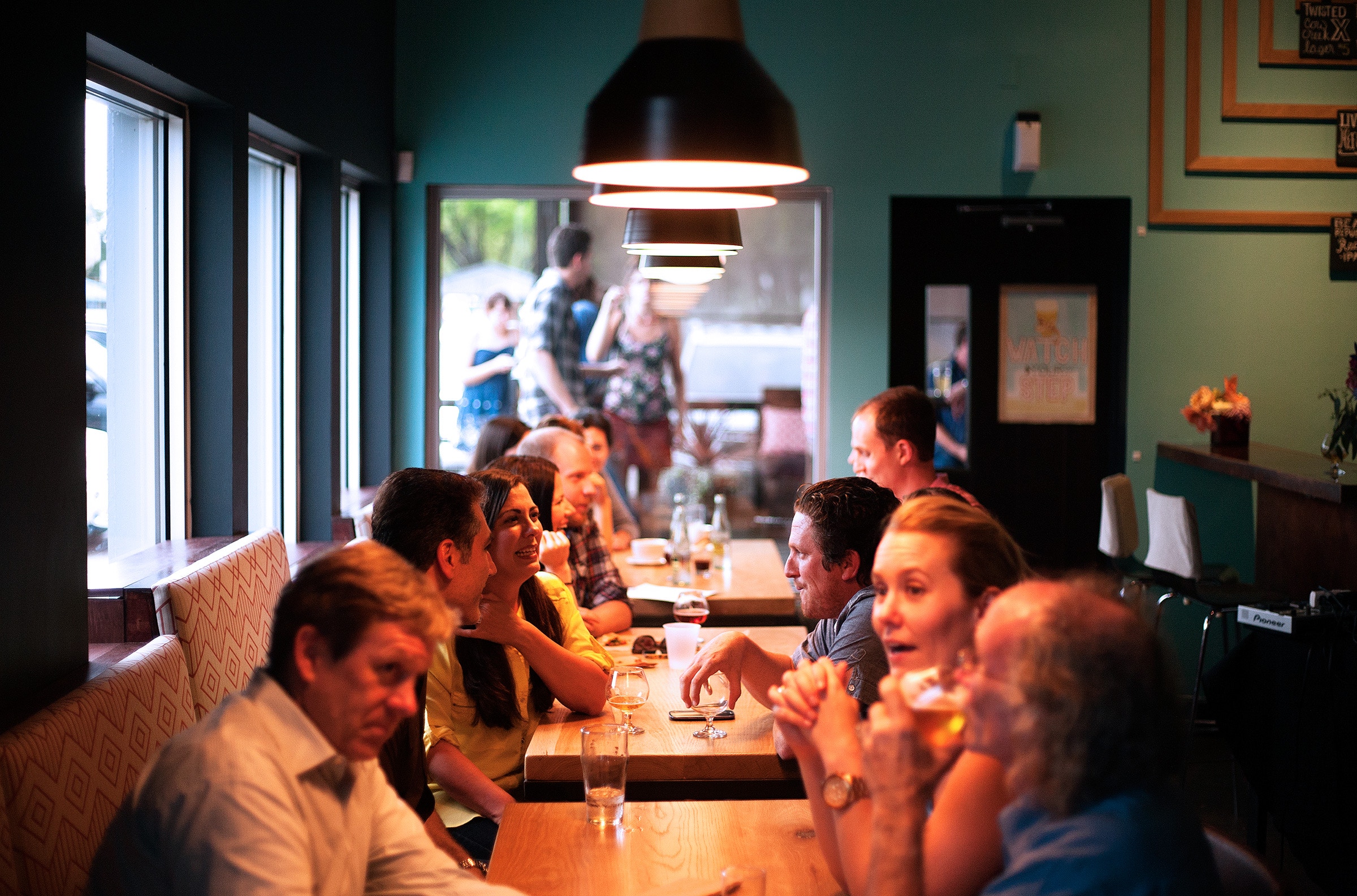Have you ever needed to borrow a cup of sugar? Or wanted advice about your garden? Or needed someone to house sit while you were away? For these situations and so many others, your neighbours might your answer!
Last March, right at the start of the pandemic, the City of Kelowna’s Strong Neighbourhoods team launched a block connector program. The program is part of a larger effort in Kelowna to build a sense of community and connectedness on every street, apartment and condo complex.
What are block connectors?
Block connectors are residents that volunteer to take initiative to connect with other households on their block or apartment floor. They foster connections with and among neighbours, host socials to bring neighbours together and inspire neighbours to share their gifts, skills, passions and talents with each other. When people know the skills, passions and talents of those around them, they feel more confident in directly connecting with neighbours for support.
The City of Kelowna is not alone in this effort - block connector programs are springing up in cities and towns across the country. They have been shown to be effective in helping residents feel more included, welcomed and connected in their neighbourhood. Interactions among and between neighbours can have profound effects on someone’s sense of safety, well-being and belonging, and can help shape a neighbourhood’s community identity and resiliency.
If you are interested in starting a block connector program in your community, you can start by taking these 5 steps:
Step 1: Look at block connector programs in other communities
Take the time to first learn from others. Each community’s block connector program is different, but they also share some common elements. Take the time to get inspired and build the case for your own program.
Here are a few examples of block connector programs across the country:
- City of Edmonton’s Abundant Community Edmonton
- City of St. Albert’s Neighbourhood connector program
- City of Calgary’s Highland Park Block Connector Program
- City of Red Deer’s Block Connectors program
- City of Leduc’s Block Connector Initiative
- City of Waterloo’s Hey Neighbour Program
- City of Spruce Grove’s Connect the Block
- Town of Devon’s Neighbourhood Connector program
Step 2: Develop a plan for how you’ll recruit and train volunteer block connectors
Here is a guide with lots of great tips on how to get started in recruiting and training residents to become block connectors. Here is an example of a simple block connector application form from the City of Waterloo and here is an example of a block connector survey from the Highland Park Block Connector Program in Calgary.
Step 3: Get the word out
Develop a marketing plan for your program. Think creatively about ways to get the word out and reach residents. Here is an example of a flyer from Stony Plain and an example of an inspiring video from Red Deer.
Step 4: Share ways for neighbours to connect
Once you’ve recruited and trained your block connectors, you’ll want to share ways for neighbours to connect. Here are some examples of postcards, letters and bingo sheets that could be adapted:
- Block connector tip sheet from the City of Leduc
- Block connector connections cards from the City of Leduc
- Virtual block connector bingo from the City of Leduc
- Block connector postcards from Abundant Calgary
- Sample letter to neighbour from Calgary Alliance for the Common Good
Step 5: Develop a strategy for how to stay connected
Once your block connectors are actively connecting with residents on their block, you’ll want to develop a way to stay connected over the long-term. Here is an example of an online platform that Spruce Grove developed for neighbours and block connectors to connect virtually.
Take your learning further:
- Learn about Red Deer’s block connector program
- Learn more about the City of Edmonton's block connectors and neighbourhood connectors
- Find more resources and stories: Cities Deepening Community website
- Learn more about our members: Cities Deepening Community Member
- Sign up to be a member: How to become a Cities Deepening Community Member


